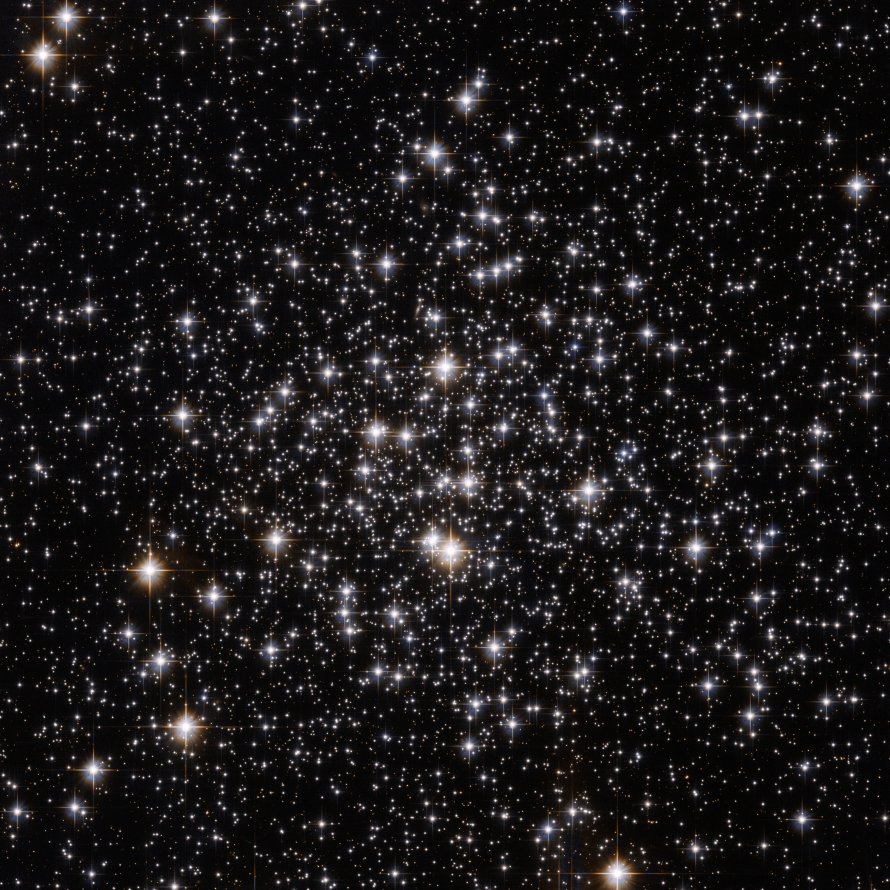M71 (NGC 6838)
Messier 71 (NGC 6838) is a globular cluster located in the constellation Sagitta, in the Galactic Center of the Milky Way Galaxy in the Local Group of galaxies. M71 is 13000 light years away from Earth.
M71 is best viewed during early spring, is magnitude 6.1, and can be viewed with binoculars. M71 is 7.2' in apparent size. For reference, the full moon is 30'.
Observing difficulty: Hard
- Name:
- Type:
- globular cluster
- Constellation:
- Sagitta
- NGC or IC:
- NGC 6838
- Magnitude:
- 6.1
- Viewing:
- binoculars
- Size:
- 7.2'
- Distance (light years):
- 13000 LY
- RA:
- 19h 53.8m
- Dec:
- 18 47'
- Season:
- early spring
- Milky Way location:
- Galactic Center
- Galaxy group:
- Local Group
- Messier Marathon #:
- 76
* The naked eye can see up to magnitude ~7-8 objects under ideal dark sky conditions.
A Unique Globular Cluster in Sagitta
Messier 71, also known as M71 or NGC 6838, is a globular cluster situated in the small but distinctive constellation of Sagitta, the Arrow. It was first discovered by the French astronomer Philippe Loys de Ch?seaux in 1746, and then independently rediscovered by Charles Messier in 1780. Interestingly, for a long time, M71 was thought to be an open cluster due to its loose structure, and it was only confirmed to be a loosely concentrated globular cluster in the 20th century.
Characteristics of M71
M71 is located around 13,000 light-years away from Earth. Its unique characteristics come from its relatively young age for a globular cluster, estimated to be about 9 to 10 billion years old. This is in contrast to most other globular clusters, which are typically 12 billion years or older. It's also relatively metal-rich compared to other globular clusters, providing another indication of its relative youth.
M71 features a substantial number of variable stars ? around two dozen have been discovered so far. Many of these are of the RR Lyrae type, which are often found in globular clusters and are used by astronomers as standard candles to measure cosmic distances.
Magnitude and Size
The apparent magnitude of M71 is about 8.2, which, while not visible to the naked eye, can be seen with the help of binoculars or a small telescope. It spans around 7 arcminutes in diameter, which corresponds to a linear size of about 27 light-years across. Due to its loose structure, the cluster does not have a well-defined core, unlike most other globular clusters.
Finding and Viewing M71
M71 is situated in the northern hemisphere's sky and can be best viewed in the late summer. Its location in the constellation Sagitta, which is nestled between the larger constellations of Aquila and Cygnus, makes it relatively easy to find. The cluster is almost halfway between the stars Gamma Sagittae and Alpha Sagittae, the latter of which marks the arrow's tip in the constellation's simple pattern.
Binoculars or a small telescope will reveal M71 as a hazy patch of light. A moderate-sized telescope will begin to resolve the cluster's individual stars, particularly along its outer edges. While M71's low concentration can make it a challenging target in a light-polluted sky, under dark skies, this globular cluster reveals a rich, starry field that is sure to captivate both amateur and experienced stargazers.



